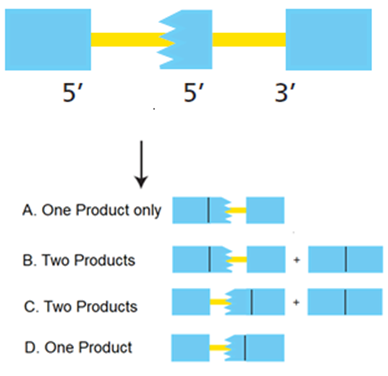#Question id: 24645
#Unit 10. Ecological Principles
Choose the correct decreasing order for the Variety of Macronutrients that involves into the Limitation of Plant Growth?
#Question id: 24644
#Unit 10. Ecological Principles
Which of the following layers is the zone of eluviation or maximum leaching?
#Question id: 24643
#Unit 10. Ecological Principles
Which of the following statements about typical soil horizons is correct?
#Question id: 24642
#Unit 10. Ecological Principles
Which of the following is not the component of Soil?
#Question id: 24641
#Unit 10. Ecological Principles
#Question id: 12098
#Unit 10. Ecological Principles
The herbaceous plant Achillea lanulosa is widespread in the Northern Hemisphere. Phenotypic variation in the species has been extensively studied along an altitudinal gradient from sea level to over 3,000 meters. In California there is conspicuous variation in height; alpine plants are only several centimeters tall while those in the San Joaquin Valley may reach a height of 1.8 meters. Adaptation to different local environments also results in variation in physiological processes such as photosynthetic rate, resistance to cold, and the timing of dormancy.
The morphological variation shown by Achillea lanulosa illustrates

